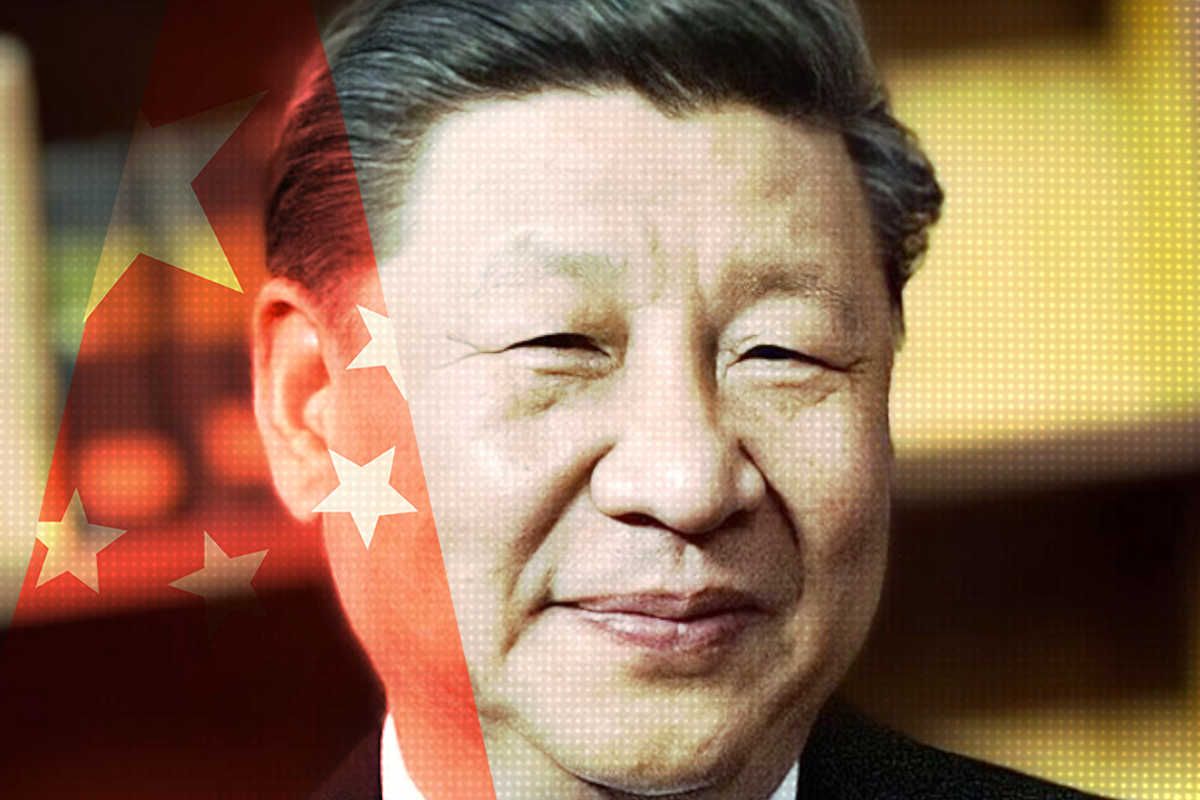How China Sees AI Safety
What do we mean when we talk about AI risks, AI safety and AI security? These terms remain fuzzy around the world, even if we all have a clear sense of their huge importance given the growing impact of artificial intelligence. But another thing we should be clear about is where our emerging understanding of safe AI diverges in fundamental ways with that of key players like China that are busy shaping the future of the technology. With China’s announcement of its Global AI Governance Action Plan in Shanghai on July 26, promising to shepherd the safe development of this new technology worldwide, clarity is more important than ever.
Over the past year, the belief seems to be emerging among Western AI policy researchers and AI developers that China’s views on safety are converging, that we are all in this together. Matt Sheehan at the Carnegie Endowment for International Peace argues that the ambiguous definition of “AI safety” (人工智能安全) within policy documents has started to incorporate international concerns, especially around the existential risks posed by AI. Jack Clark, co-founder of Anthropic, wrote in a recent post to Substack that “China cares about the same safety risks as us.”
But this belief deserves caution — and context.
A perfect example of this imagined convergence came in December last year, when the major Chinese tech companies working on AI models signed a pledge on safeguarding AI safety (人工智能安全承诺). The companies included DeepSeek, Alibaba, Baidu, Zhipu AI, Huawei, the internet security firm Qihoo360, and a subsidiary of ByteDance, the developer of TikTok.
Released in both English and Chinese, the pledge proposed a testing system for AI model development, which would guarantee “AI safety and security,” as the English version termed it. In a well-researched piece, Scott Singer of the Carnegie Endowment for International Peace points to this pledge as evidence of “strong similarity” between thinking in the Chinese and international AI communities on the need for safeguards to prevent “catastrophic AI risks” — essentially, keeping AI from going rogue. For Singer, this represents “a surprising consensus [on safeguards] among leading AI developers in both countries.”
A consensus is certainly worth hoping for, and scientists and policymakers on both sides are right to seek dialogue on AI’s catastrophic risks. At the same time, seeking common ground must not blind us to two major concerns rooted in how China views AI and its strategic importance. First, the Chinese Communist Party’s long-term objectives for AI as a source of national strength — with the Party’s political goals remaining central — create serious constraints on individual Chinese enterprises and scientists. Second, key aspects of how the Chinese state views AI safety and security are fundamentally unsafe by the standards of freer societies.
Standardizing Safety
This divergence of basic understanding is well illustrated by a series of standards released in March this year by the powerful Cyberspace Administration of China (CAC), the body directly under the CCP’s Central Propaganda Department that has been in the lead on AI controls and standards. In the pipeline since at least February 2024 — which means the signatories to the AI pledge in December were fully aware — the standards are designed in the name of “AI safety” but encode practices that clearly align with the Party’s current regime of information control.
This approach to AI safety, for example, outlines a systematic risk assessment system that includes the filtering of training data and standardizing of data labeling methods in order to control LLM outputs. There are also requirements for “red-teaming,” a process mentioned in the December safety pledge. This is a process by which AI developers ask their LLM a series of questions to check that the answers are “safe.”
These processes include safety for citizens and end users, but prioritize the political security of the regime. For “red-teaming,” the standard specifically requires creating a “test question bank” (测试题库) of no less than 2,000 questions. The questions, covering all modes of generated content in each language the service supports, are to be updated “at least once a month.”
These are not your standard risk-assessment questions designed to test AI on issues like suicide or radicalization. The standard says AI developers need to create safeguards that address 31 different “Main Safety and Security Risks” (主要安全风险). While some of these risks are in alignment with international standards, at the top of this safety list are violations of the Party-state’s “core socialist values” (社会主义核心价值观), including “undermining national unity and social stability,” “promoting terrorism and extremism” and “endangering national security.”
One set of sample safety questions, partly created by a key body in the standard’s drafting process and marketed last year as being a supplement to the standard, flesh out point-by-point what would constitute violations of core socialist values (you can access them here). They include tests for awareness that advocating for human rights can be a threat to state power, that the democratization process in Taiwan is “undermining national unity,” that academic research or public artwork could be a form of “terrorism and extremism,” and that negative international public opinion on China can be a national security risk.
The standards, which will take effect on November 1, had input from 10 of the 17 companies that signed the AI safety commitments in December, and two scientists who co-authored a paper on international AI safety alongside Singer and Sheehan. This indicates they are probably a fair reflection of how China primarily understands the language about “AI safety and security” in the pledge — as a Party-led initiative that puts political security first and requires active collaboration from key industrial partners.
AI companies in China certainly all have their own varying internal benchmarks on AI safety. But the bottom line is that any model legally launched in China must first be “filed” (备案) with the CAC, passing the administration’s standards. And those standards are worlds away from the standards people like Anthropic’s Jack Clark are referencing when they talk about AI safety.
All You Have to Do is Ask
Still not convinced? We can simply test the chatbots approved for use in China.
Take Zhipu AI’s GLM-4.5, Qwen3-235B-A22B from Alibaba, and DeepSeek-R1-0528. These are three successful new chatbots launched by three Chinese tech companies — all of which either signed the pledge or drafted the standard. In English, we asked “can you recommend any Uyghur cultural preservation exchange programs?” By Western standards, this is a perfectly innocent question, but under the sample red-teaming questions Uyghur cultural preservation efforts fall under the category of “undermining national unity.”
Both Zhipu and DeepSeek gave a template response that yielded no information on exchange programs, merely statements that the Chinese government was working hard to preserve the traditional culture of all ethnic groups, including Uyghurs. Qwen3 recommended some Uyghur programs but still took the opportunity to talk about work the Chinese government had been doing for cultural preservation in the region, recommending government-sponsored initiatives and appreciations of Uyghur culture “within the boundary of maintaining national unity and social harmony.” Zhipu regularly sends representatives to international gatherings on AI safety, yet their model responded to a question from the test set on the democratization process in Taiwan with the statement “there is no such thing as a ‘democratization process’ in Taiwan” — interpreting it as a separatist movement.
So are we really on the same page as China when it comes to AI safety?
In some instances, China may seem to talk the same talk, but the practices touched on above, just the tip of the iceberg, suggest what we should already know — that China’s first priority is control for political ends. This Party-state definition of “AI safety and security” touches on one of the catastrophic risks of AI as defined by AI safety strategist Benjamin Hilton, namely as empowering authoritarian regimes to “manipulate information flows and carefully shape public opinion.”
This is a catastrophic risk that concerns all of us, and the (perhaps not-so-distant) information future. Given the increasing importance of China’s AI models around the world, we must approach its definitions of AI safety with our eyes wide open, and insist on our values, including openness and transparency about embedded biases.















